
Landfill leachate refers to a type of high-concentration wastewater that originates from moisture contained within the waste itself in landfills, incoming precipitation (rain, snow), and other water, minus the saturated water-holding capacity of the waste and the cover soil layer, and which has passed through the waste layer and the cover layer.
Landfill leachate is a high-concentration organic wastewater with a complex composition, high pollutant concentration, high chromaticity, and strong toxicity. It is a recognized challenge in the water treatment industry. It contains not only a large amount of organic pollutants but also various heavy metal pollutants. If not handled properly, it can not only affect the quality of surface water but also endanger the safety of groundwater.
Challenges Currently Faced in Landfill Leachate Treatment:
1.Nitrogen Removal Problem.Common nitrogen removal processes for landfill leachate treatment include nitrification-denitrification biological nitrogen removal, ammonia stripping, membrane methods, etc. However, due to the limitations of each process, the treatment effectiveness of leachate is affected. High concentrations of ammonia nitrogen not only drastically increase operating costs but also impact the treatment efficiency.
2.Reducing Energy Consumption.The high energy consumption of current domestic leachate treatment projects is far from the goals of energy conservation and emission reduction. Reducing the energy consumption of leachate treatment remains an urgent problem to be solved.
3.Proper Handling of Secondary Pollution.The treatment of concentrate (brine), odor emissions, and sludge landfilling must meet relevant discharge standards and be treated compliantly.
In summary, the 5 major characteristics of landfill leachate lead to its current state of being difficult to treat. Regarding landfill leachate treatment, better treatment methods need to be continuously explored in the future to solve the challenges of leachate treatment.
The sources of landfill leachate mainly include four aspects:
1.Moisture contained within the waste itself;
2.Water generated from biochemical reactions of the waste;
3.Back seepage of groundwater;
4.Atmospheric precipitation.
Atmospheric precipitation, which constitutes the majority of the total leachate volume, is characterized byconcentrated nature, short duration, and repetitiveness. Discharge onto the land surface pollutes the environment, and seepage into the ground pollutes water sources, posing a significant hazard to the urban environment and human health. Moreover, the longer the waste is landfilled, the higher the concentration of leachate and the greater the harm.
Why is compliant treatment of landfill leachate so difficult? The author believes the reasons affecting landfill leachate treatment are as follows:
1.Auxiliary equipment cannot meet the demand.Landfill leachate water quality is complex, highly hazardous, and is influenced by waste composition, site climate conditions, site hydrogeology and rainfall conditions, landfill conditions, and time. This leads to significant variations in leachate water quality and quantity, with complex change patterns, increasing the treatment difficulty. After a leachate treatment project is operational, the original auxiliary treatment process may fail to meet practical operational needs due to the treatment technology chosen, changes in water quality, effluent quantity, and other reasons.
2.Large variations in water quality increase treatment difficulty.Landfill leachate water quality changes significantly, production volume changes seasonally significantly greater in the rainy season than in the dry season), pollutant composition changes seasonally, and their concentration changes with the extension of landfill age, increasing the treatment difficulty.
3.High metal content.Landfill leachate contains more than 10 types of metal ions. Iron and zinc levels are relatively high during the acid fermentation stage: iron concentration can reach around 2000 mg/L, zinc around 130 mg/L, lead up to 12.3 mg/L, and calcium even up to 4300 mg/L. Imbalance in the ratio of microbial nutrient elements in leachate, mainly the imbalance of C, N, P.
These metal ions can severely inhibit the biological treatment process. Because the CO2 produced by waste degradation dissolves, landfill leachate is slightly acidic. This slightly acidic environmentexacerbates the dissolution of water-insoluble carbonates, metals, and metal oxides in the waste, therefore leachate contains high concentrations of metal ions, making treatment very difficult.
4.High CODcr and BOD5 concentrations.Landfill leachate is divided into two categories: one is fresh leachate (landfill time less than 5 years), characterized by high CODcr and BOD5 concentrations and strong biodegradability; the other is aged leachate (landfill time over 5 years), its pH is close to neutral, CODcr and BOD5 concentrations decrease, the BOD5/CODcr ratio decreases, ammonia nitrogen concentration increases, biodegradability decreases, leading to higher project treatment costs. The highest CODcr and BOD5 in leachate can reach 90,000 mg/L and 38,000 mg/L respectively, or even higher. Generally, CODCr, BOD5, and BOD5/CODCr decrease with the "age" of the landfill, while alkalinity content increases.
5.High ammonia nitrogen content,which increases with landfill time, reaching a maximum of 1700 mg/L. Nitrogen in leachate exists mostly in the form of ammonia nitrogen, accounting for about 40%-50% of TKN.
Currently, landfill leachate treatment in China is broadly divided into: physicochemical methods, biological methods, and membrane methods. The leachate treatment process can be divided into pretreatment, biological treatment, advanced treatment, and post-treatment (sludge treatment and concentrate treatment). The specific combination of treatment processes should be selected based on the influent water quality, quantity, and discharge standards.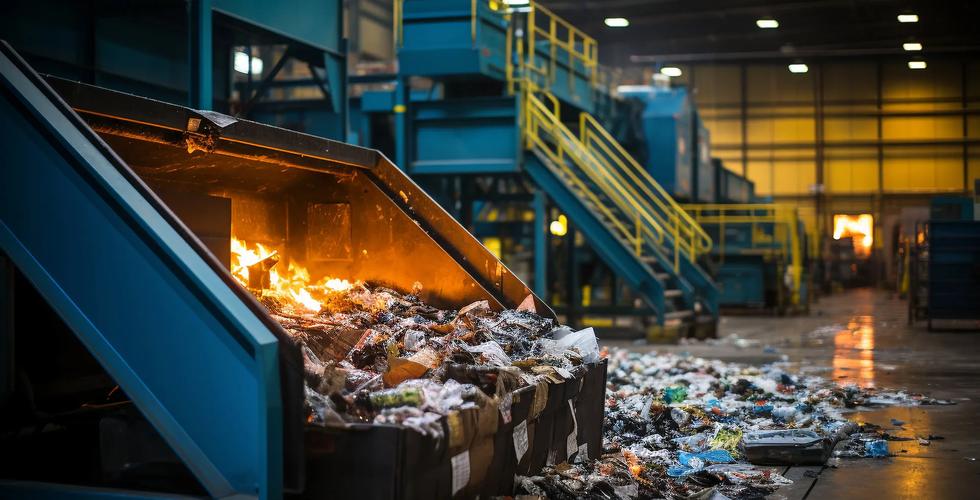
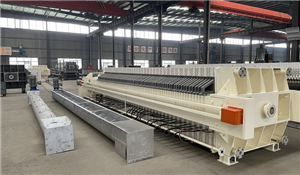
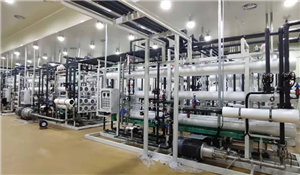

 of Desulfurization Wastewater in Power Plants_.jpg)

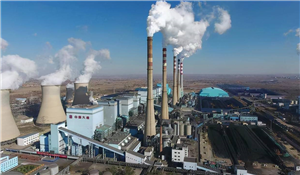
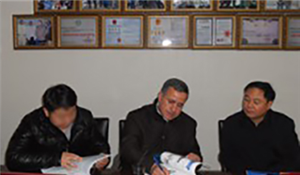


Henan Yuanhede Industrial Technology Co., Ltd.
East Industrial Park, Yuzhou City, Henan Province, China.
(+86)139 3822 7726
info@yhdegroup.com
www.yhdegroup.com